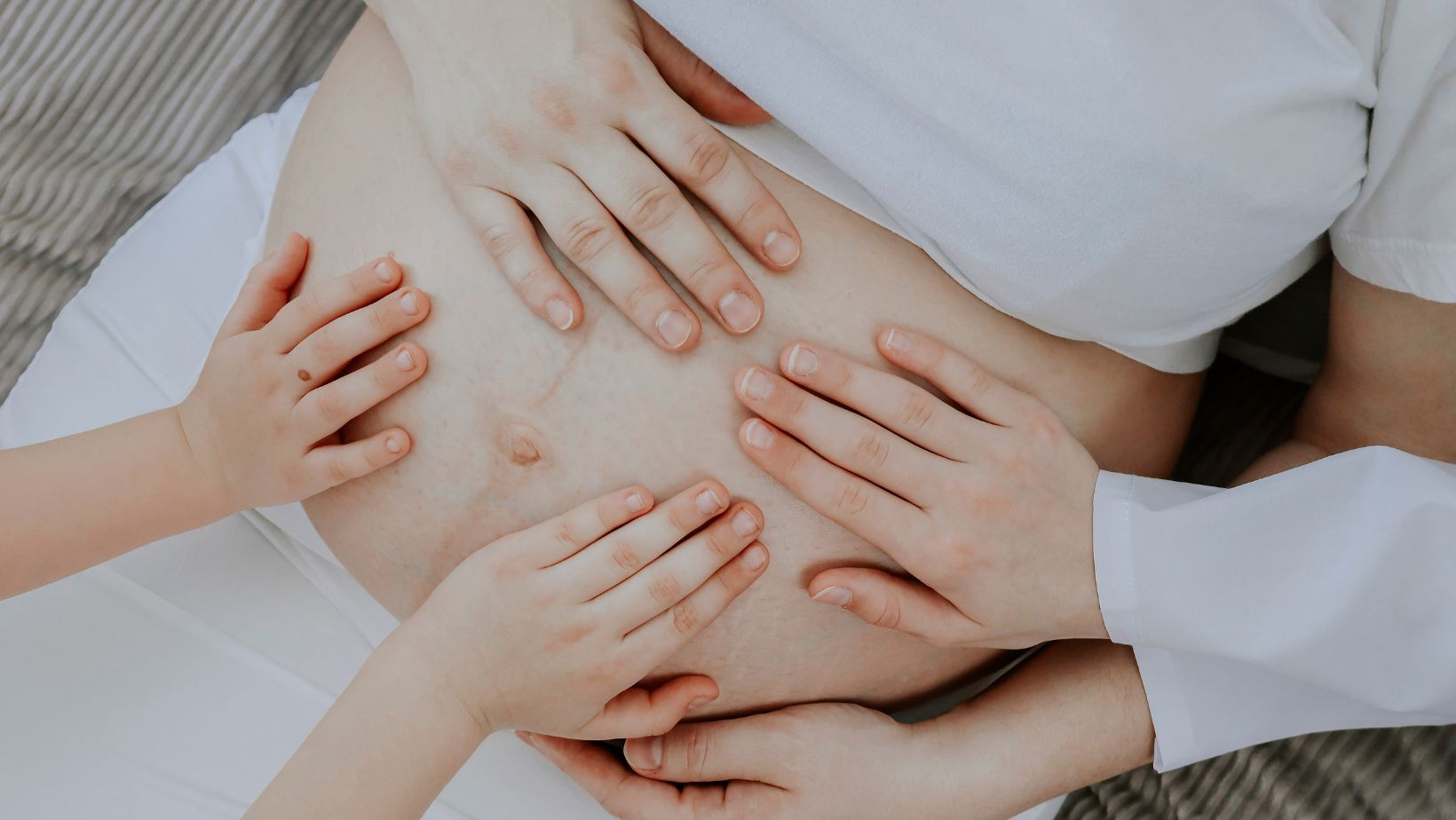During the third month of pregnancy, a woman’s body undergoes significant changes as the baby continues to grow and develop. One of the most noticeable transformations during this time is the appearance of the 3-month pregnancy belly. As the uterus expands to accommodate the growing fetus, the belly starts to protrude, becoming more prominent.
Many women eagerly anticipate the emergence of their baby bump around the third month, as it symbolizes the exciting progression of their pregnancy journey. The 3-month pregnancy belly is a visible reminder of the new life growing within, sparking feelings of joy and anticipation in expectant mothers.
3 Month Pregnancy Belly
Changes to Expect

During the third month of pregnancy, a woman’s body undergoes significant changes as the fetus continues to grow. At three months, the uterus expands to accommodate the developing baby, leading to the emergence of the 3-month pregnancy belly. This growth is typically noticeable to the expectant mother as her abdomen starts to protrude slightly. The baby bump becomes more prominent as the uterus rises above the pelvic bone, making the pregnancy more visible.
Factors Influencing Belly Size
The size of the belly during the third month of pregnancy can vary among women due to several factors. Factors such as the woman’s pre-pregnancy weight, uterine tone, and the position of the uterus can influence how prominent the belly appears. Additionally, the number of fetuses being carried can also impact the size of the belly. For some women, genetic factors may play a role in determining the rate and extent of belly growth during pregnancy.
Physical and Emotional Changes at 3 Months
Common Physical Symptoms
At 3 months of pregnancy, a woman may experience a range of common physical symptoms. These can include nausea, fatigue, and breast tenderness. These symptoms are often attributed to hormonal changes in the body as it adapts to support the growing fetus. Additionally, some women may notice a visible bulge in the lower abdomen as the uterus expands to accommodate the developing baby. This protrusion, often referred to as the “3-month pregnancy belly,” is a visible sign of the pregnancy’s progression and the developing life within.
Emotional Well-Being and Mood Swings
During the third month of pregnancy, emotional well-being can fluctuate due to hormonal adjustments and the anticipation of impending motherhood. Mood swings are common as the body copes with changing hormone levels, leading to emotional highs and lows. It’s important for expectant mothers to prioritize self-care and reach out for support when needed. Engaging in activities that promote relaxation and mental well-being can help manage mood swings and enhance emotional stability during this transformative period.
The Growth of the Baby: What’s Happening Inside?
Baby’s Development at 3 Months:

At 3 months of pregnancy, the baby is rapidly developing. During this stage, the baby is around the size of a pea or a raspberry, with essential organs beginning to form. The major organs, including the brain, heart, liver, and kidneys, start to take shape. By the end of the third month, the baby’s facial features, such as eyes, nose, and mouth, become more defined. Limb buds appear, eventually growing into arms and legs. The baby’s heartbeat can often be detected during an ultrasound at this stage.
Lifestyle and Nutrition for a Healthy Pregnancy
Essential Nutrients for the Second Trimester
During the second trimester of pregnancy, ensuring proper intake of essential nutrients is crucial for the health of both the mother and the developing baby. Key nutrients to focus on during this stage include:
- Folic Acid: It’s important for the baby’s neural tube development.
- Iron: Needed for the increased blood volume in the mother’s body.
- Calcium: Essential for the baby’s bone development.
- Omega-3 Fatty Acids: Support the baby’s brain and eye development.
- Protein: Important for overall growth and development.
Including a variety of nutrient-dense foods like leafy greens, lean proteins, dairy products, and fatty fish in the diet can help meet these nutritional needs. Pregnant individuals should consult with their healthcare provider to ensure they are meeting their specific nutrient requirements.
